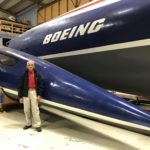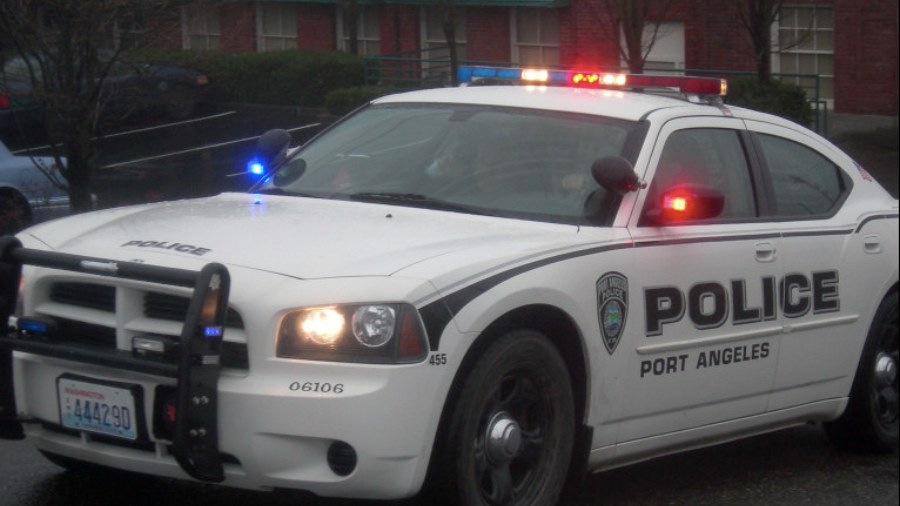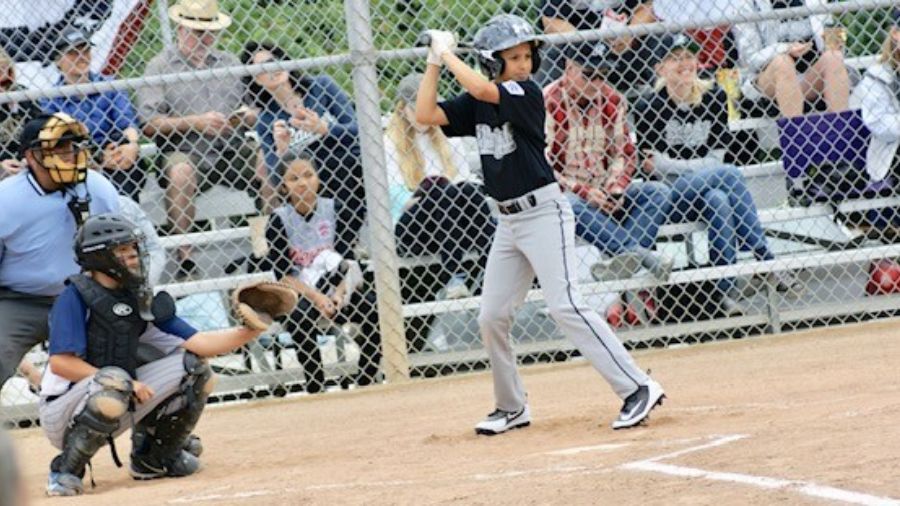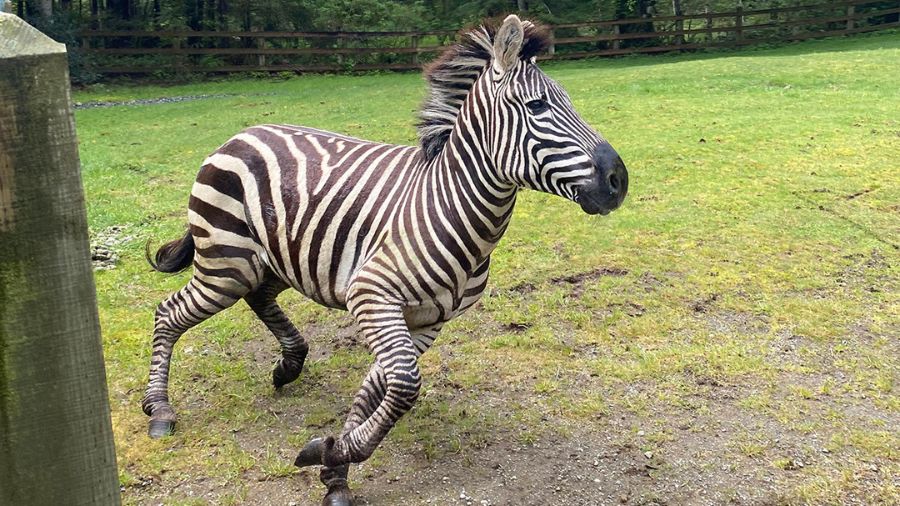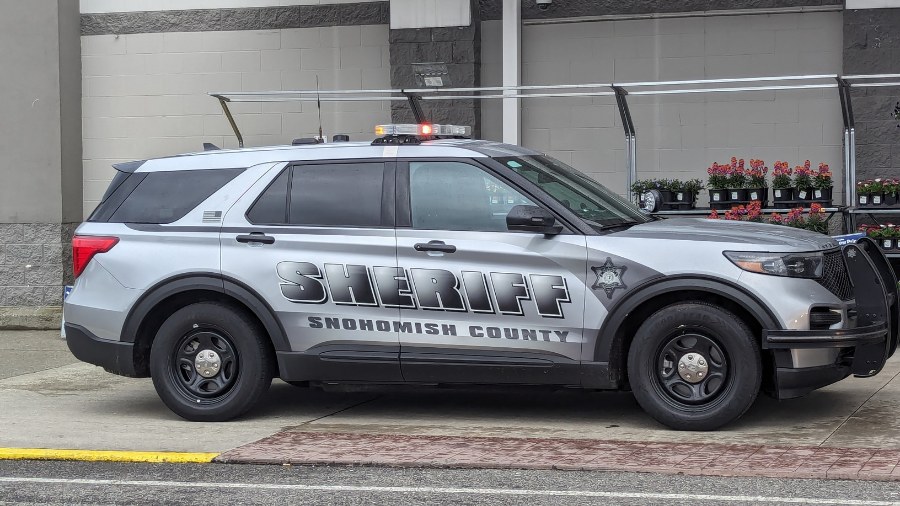Forgotten Boeing SST a powerful symbol of road not taken
Nov 22, 2017, 6:08 AM | Updated: Jun 9, 2021, 10:42 am
Manufacturers like Boom are once again tantalizing passengers with a futuristic vision of high-speed supersonic travel. In this piece from the archives, Feliks Banel goes in search of the history — and a big artifact — from the original Boeing SST.
Original story:
The economic downturn known as “The Boeing Bust” is part of the regional identity and unique mythology of Seattle and the Pacific Northwest. It’s a time that feels just slightly beyond recent memory, not unlike the Forward Thrust commuter rail initiative infamously rejected by local voters, and it still impacts how we live today.
Treasure trove discovered in old Boeing wind tunnel
The Boeing Bust came about in March 1971, mostly as a result of the cancellation of a huge federally subsidized program to build an airliner called the “Supersonic Transport,” or SST. In the aftermath, Boeing laid off more than half their workforce in a matter of months. The local economy was devastated, though others remained bullish on the area’s future (and, of course, were ultimately proven right).
Boeing’s SST was a passenger airplane, something like the European-designed and built 130-seat Concorde, but bigger and faster. It would fly at Mach 2.6, or nearly three times the speed of sound and twice as fast as the Concorde. It would carry as many as 300 passengers in its two-aisle, first-of-its-kind “widebody” design. The SST was also what our late, great NBA team was named for in early 1967, a few months before the Supersonics debuted at KeyArena.
One major difference between the phantom trains of Forward Thrust and the SST program is that Boeing actually built a 300-foot long full-scale mockup of the speedy, futuristic aircraft.
The SST mockup was displayed at Boeing’s Developmental Center along East Marginal Way South — the huge building where the giant Seahawks’ “12” banner now hangs — and it was open for public tours. In the pre-“computer-aided design” days, the mockup also served as a testing platform for engineers, and it was a perfect prop for the Boeing sales team to use when trying to convince airlines to place orders for the SST.
At the Boeing Archives, corporate archivist and historian Mike Lombardi says that the 1960s were a heady time for the advance of American science and technology, and the SST mockup was a potent symbol of what was going on then.
Lombardi says that the 20-year-olds who’d won World War II – the Greatest Generation – were then in their 40s, and they’d become leaders in business and government.
“We were going to the moon … and there was just this whole belief in America that there was nothing we couldn’t do, that whatever we set ourselves to, no matter how much it cost or how much work it was, there were no limits,” Lombardi said.
In spite of the turmoil of the Vietnam War and the struggle for civil rights during that decade, Lombardi says that technological advances were fueling economic growth, and influencing culture and politics on a massive, government-funded scale.
“We built the world’s biggest passenger jet [the 747], and we were working on building a supersonic jet,” Lombardi said. “And the Europeans and the Soviets were building one, too, but our plane, the Boeing SST, was going to be twice the size of the competition, and two-and-a-half times faster.”
“The SST is a symbol of that period when we could do anything we were planning on doing, and it was the biggest program at Boeing,” Lombardi said. “Other than Apollo, [the SST] was the biggest aerospace program in America. So that’s what that mockup really represents. All of that.”
And, Lombardi says, once the Boeing Bust hit, the SST mockup came to symbolize the other side of that heady era’s coin.
“It also represents what happened right after [Congress canceled the program] … and by 1971, [we were] in a recession,” Lombardi said.
Not long after that, Lombardi says, the SST mockup was removed from the building along East Marginal Way South. The symbol of Boeing’s future, and the country’s future, was sold as surplus to the highest bidder.
“Boeing was looking at canceling the 737 because it wasn’t selling. The 747 was having a hard time and so it was a pretty dark time,” Lombardi said, so any bit of extra revenue helped.
One of the positive aspects of the Boeing Bust was the long-range aftermath when civic leaders realized that we needed a more diverse economy around here, that is, to not be so dependent on a single employer. From the 1971 downturn and other hiccups over the years, there was an old cliché that had developed: When Boeing sneezes, Seattle catches a cold.
“At that time, the only other major employer in Seattle was the University of Washington. We didn’t have Amazon and Starbucks and Microsoft. All those guys were still kids,” Lombardi said. “The unemployment rate in 1971 at the height of the downturn, I think, was somewhere around 17% or 18% in Seattle.”
As to whether that recognition of the need to diversify the Seattle area’s economy can be credited for eventually spawning Microsoft or Amazon or any other enterprise that makes the region more immune to economic sniffles, no one can really say.
And it’s in this strange new era of Amazon — currently looking for HQ2 and maybe getting ready to sneeze all over the place – that the SST mockup, that potent symbol of a road not taken, quietly returned to the Pacific Northwest.
After a long strange trip and decades spent away from its original home, the SST mockup is now on display at the Museum of Flight Restoration Center at Paine Field in Everett.
Its history already ensured that the SST was a priceless artifact, perhaps something of a combination of the futuristic Bubbleator from the 1962 Seattle World’s Fair and the destructive cast-iron glue pot that started the 1889 Great Seattle Fire. The how and why it left, and where it went before it came back, make it even more valuable from the mere fact that any part of the Boeing SST still survives at all.
Boeing’s Mike Lombardi says the company probably thought the SST mockup would be scrapped by the buyer for the value of the metal in the airframe and fuselage. But instead, the SST was shipped to Florida — nobody’s sure how, exactly, but likely by multiple semi-trailers — where a museum was built around it.
However, after just a few years in business, that museum had its own mini Boeing Bust and shut down. The building — and the SST mockup inside — were both put up for sale.
“A church congregation bought the building, and they couldn’t move the mockup out because the building was built around the mockup,” Lombardi said. “It wasn’t put inside, they actually built the building around the mockup, so there was no way to get it out, so they put the altar underneath the airplane and put the chairs around it.”
“It was like the ‘First Church of SST,’” Lombardi said, chuckling.
The details get a little sketchy here, but the mockup eventually ended up in a scrapyard in Florida in the 1980s or 1990s where it was rotting away in a swamp. That’s when the late Stan Hiller, an early helicopter innovator, bought it and moved what was left of it to his Hiller Aviation Museum south of San Francisco, sometime around 1998.
It was displayed at the Hiller for many years, and that’s where Harvey Hawks first set eyes on it, again, after a lapse of a few decades.
Hawks is nowadays a volunteer for The Museum of Flight. He was hired by Boeing in December 1967 to work as an engineer on the SST. He still has the telegram Boeing sent to him in California to tell him he’d gotten the job.
Harvey Hawks stumbled across the SST mockup one day 15 or so years ago when he and his wife were on vacation and decided to visit the Hiller Museum. Hawks ran into museum founder Stan Hiller in the lobby and was waiting for a chance to shake his hand, and maybe get an autograph.
“My wife was looking around, and she motioned [to me and] she said, ‘Hey, you gotta see this,’ because she recognized right away what it was,” Hawks said.
“I went around the corner and there was the mockup,” Hawks said. “I don’t think I thought I’d ever see it again. I just stood there and looked at it.”
“It brought back a lot of memories,” Hawks said.
Hawks has now seen the SST mockup several more times, because it came north from California to Everett in April 2013 as a result of a trade between The Museum of Flight and the Hiller Aviation Museum, according to Willie Turner, vice president of operations for the Hiller.
It doesn’t quite look exactly the way it did when it was new. All that traveling around and especially that time in the swamp, took their toll.
When it was first built nearly 50 years ago, the original mockup was 300 feet long and it had just one wing (it was built with one side against a wall). It also was fully furnished with seats and interior décor.
Now, only a 90-foot section survives, including the forward cabin, the cockpit, and the nose, which tilts up and down like the Concorde. The Hiller Aviation Museum repainted the exterior to match the original paint job. The original interior is long-gone.
Hawks is now 80 years old, and he’s thrilled to have what remains of the SST mockup back in the Northwest. He used to lead public tours of the SST for Boeing back around 1970, and he’s clearly still fond of the aircraft.
He also clearly remembers “The Boeing Bust.”
“It was April of ’71 when I was in a five-man carpool, and I was the only one that wasn’t laid off,” Hawks said.
And, like a true engineer, Harvey Hawks remembers the challenges the SST faced and can recount which challenges Boeing could overcome, and which challenges it couldn’t.
“The technology was there. [Supersonic flight] created problems, but we could solve those problems,” Hawks said. “The one problem we couldn’t solve was money. They’re gas guzzlers. If you go that high, that fast and that quick, you’re gonna use a lot of fuel.”
Apart from Congress, the SST faced a lot of other challenges circa 1971. The OPEC oil crisis and skyrocketing fuel prices were just ahead. Operating a supersonic airliner would also cause sonic booms, and supersonic travel was viewed as potentially detrimental to the ozone layer.
With all those issues, does Harvey Hawks still wish that, somehow, the SST had actually flown?
“Oh yeah. I think it would’ve been a great airplane, but at the same time I don’t think it ever would’ve been profitable,” Hawks said. “But I think that the engine technology we have today would probably make it profitable because engine technology over the past 50 years has changed a lot.”
Back at the Boeing Archives, Mike Lombardi says that the SST mockup wasn’t the only symbol of the long-ago program that caught the public eye and fueled the imagination of impressionable young children.
“They had a full-sized painting of it on the side of the building,” Lombardi said (with Peanuts’ character Snoopy riding on top). “I remember as a kid when we went downtown to do some shopping, I’d always say, ‘Hey, Dad, make sure you go down East Marginal Way when we come back so I can see the SST.’ That was pretty cool.”
“Up until about 15 years ago, before they painted the building, you could still, on a sunny day, still kind of see the outline,” he said.
You can visit the SST mockup at the Museum of Flight Restoration Center at Paine Field. It’s open Thursday through Monday, 10 a.m. to 5 p.m.
You can hear Feliks every Wednesday and Friday morning on Seattle’s Morning News, read more from him here, and subscribe to The Resident Historian Podcast here. If you have a story idea, please email Feliks here.



